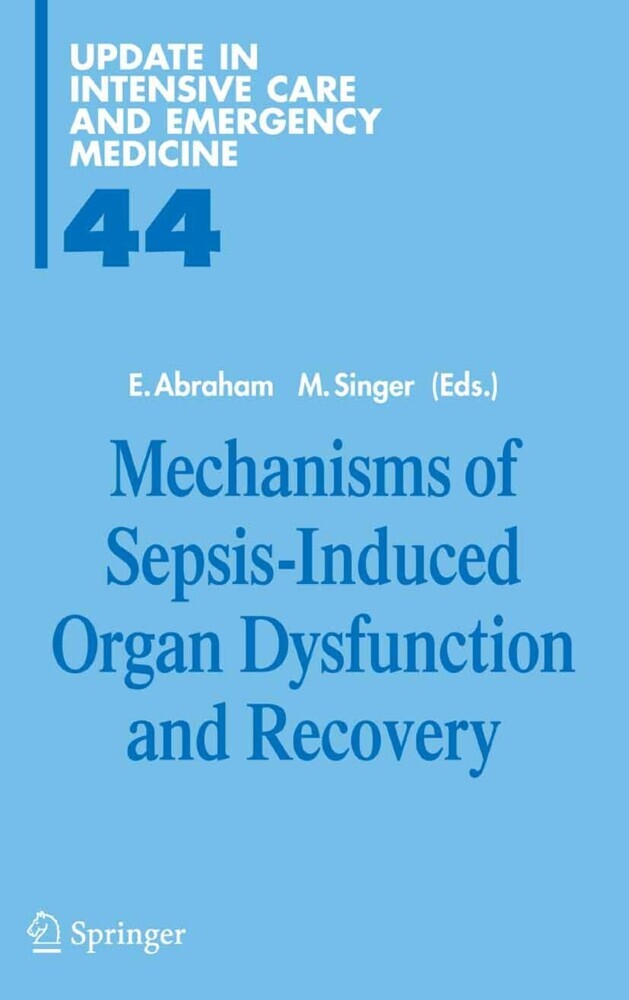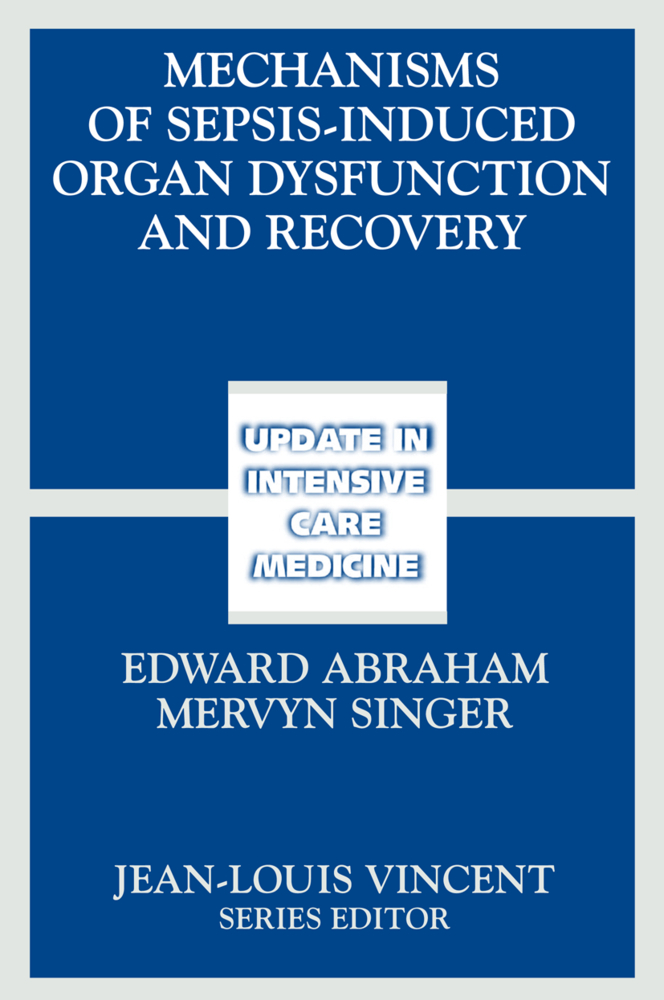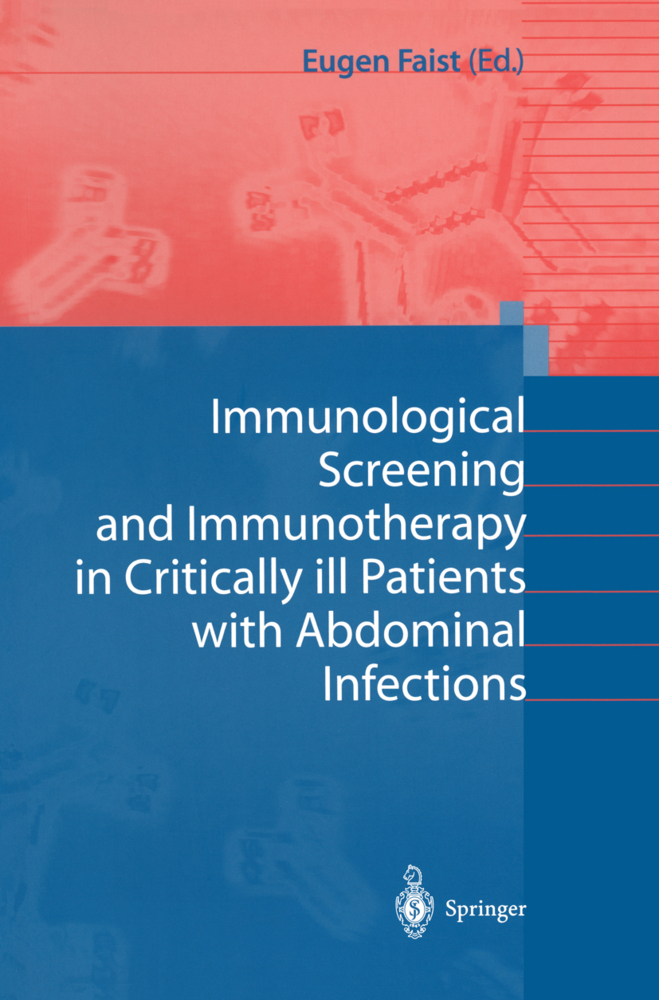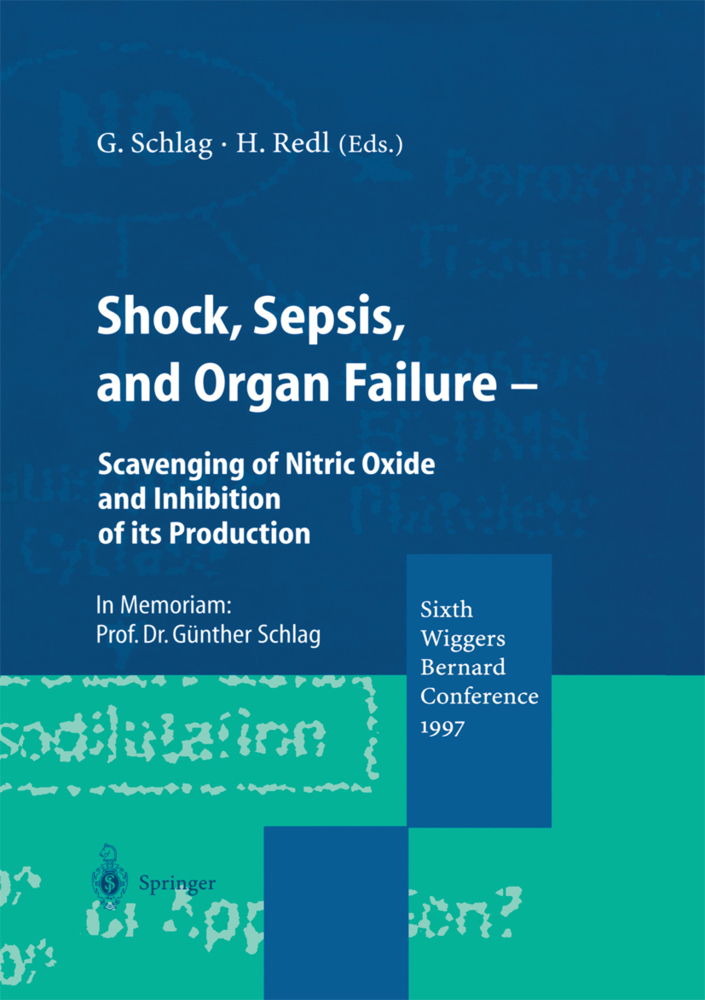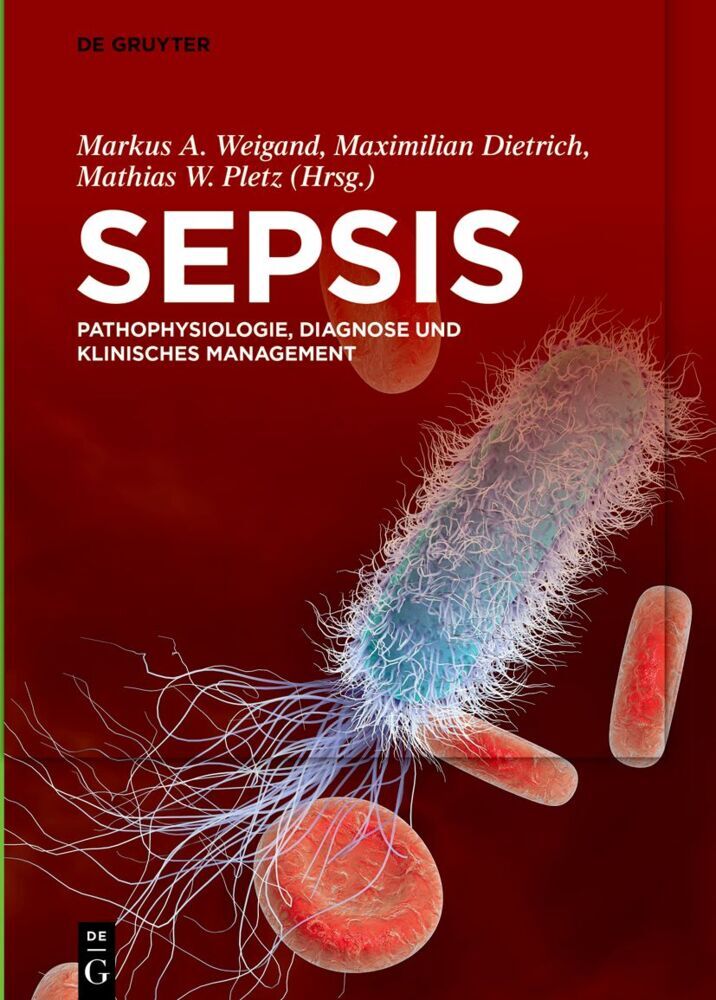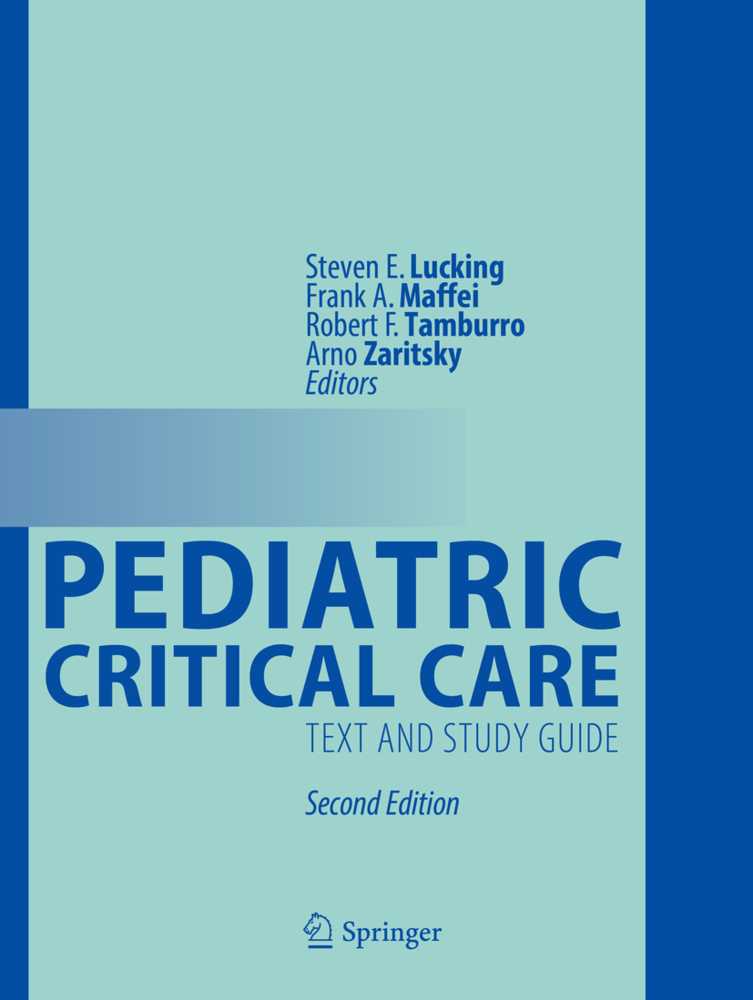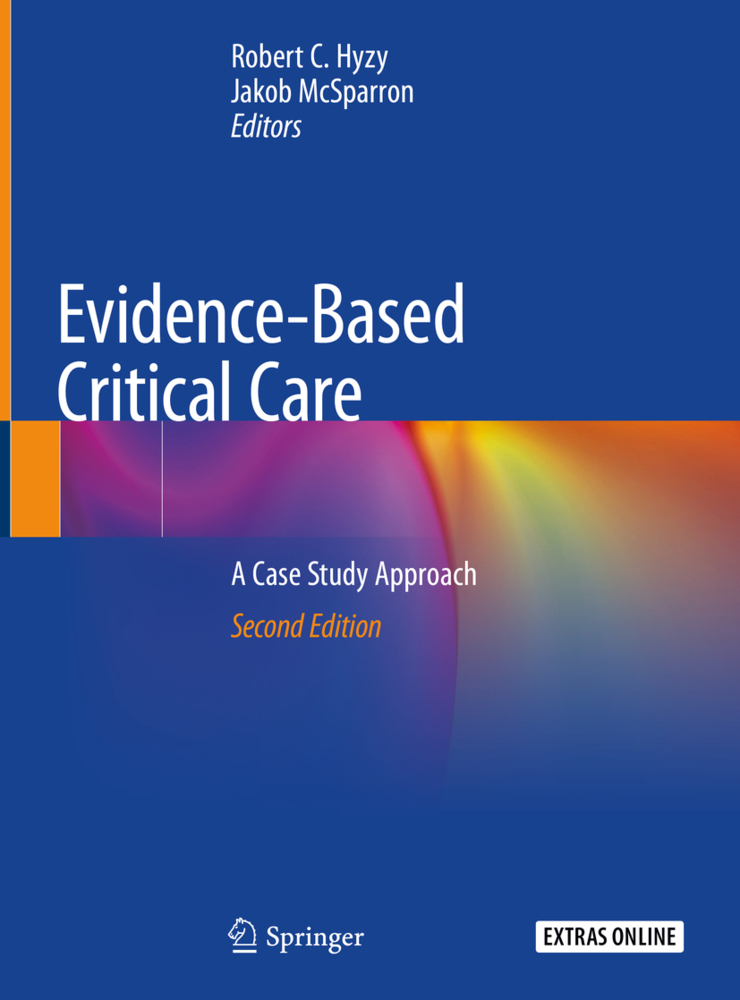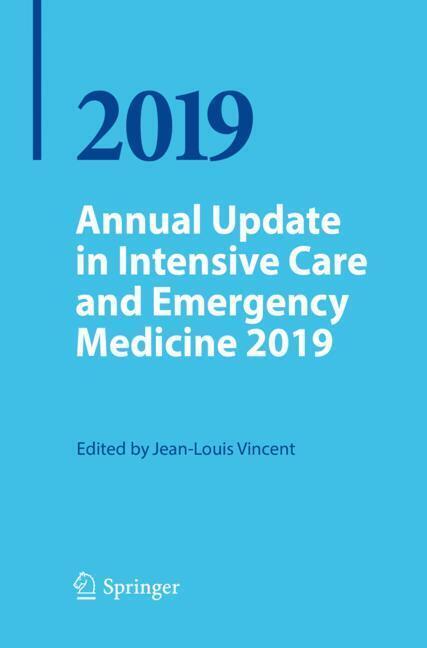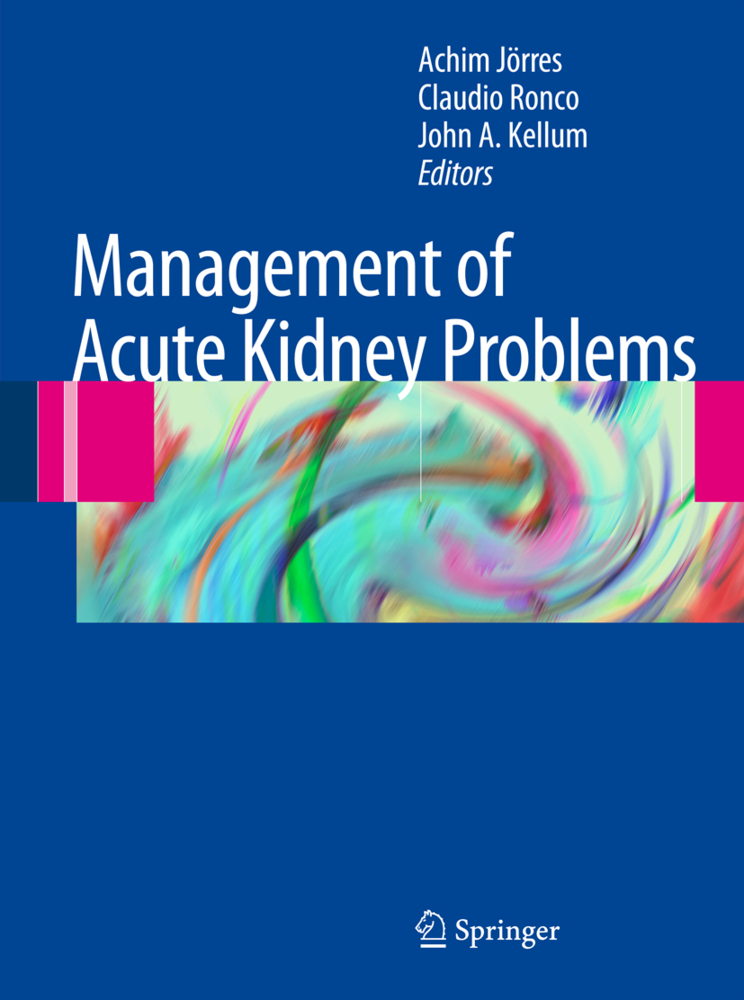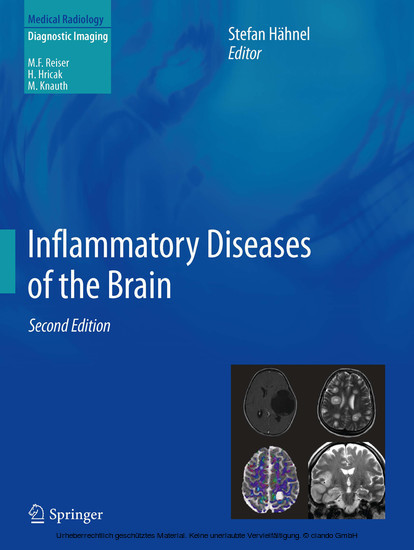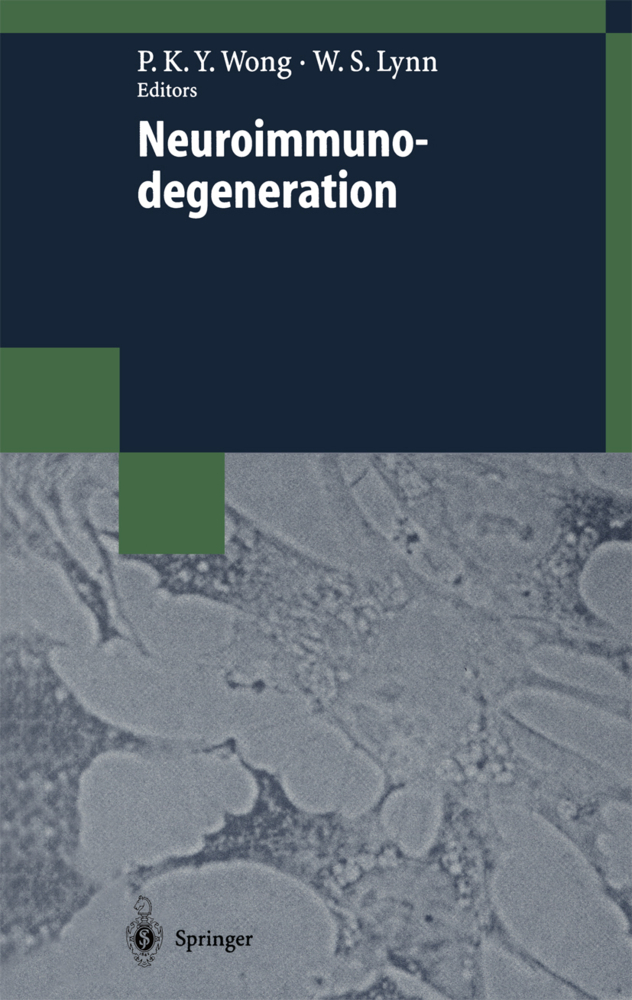Mechanisms of Sepsis-Induced Organ Dysfunction and Recovery
There have been tremendous advances in understanding the cellular mechanisms involved in sepsis and contributing to the development of multiple organ dysfunction and mortality in this setting. The chapters in this book provide up-to-date insights into important pathways that are initiated by sepsis.
1;Table of Contents;5 2;Contributors;8 3;Common Abbreviations;13 3.1;.B;13 4;Setting the Scene;14 4.1;Introduction - What is the Cause of Death in Multiple Organ Failure?;14 4.2;The Role of Tissue Hypoxia;14 4.3;a;15 4.4;The Role of Cellular Alterations;15 4.5;The Role of the Mitochondrion;15 4.6;The Role of Necrosis and Apoptosis;16 4.7;..;16 4.8;The Role of pH;16 4.9;Role of Oxygen Free Radicals;17 4.10;The Role of Nitric Oxide;18 4.11;The Role of Carbon Monoxide;18 4.12;Other Pathways;19 4.13;Immune Dysregulation;19 4.14;ß;19 4.15;The Role of Fever;19 4.16;Influence of Organ Systems The Role of the Endothelium;20 4.17;The Role of Coagulation Abnormalities;20 4.18;The Role of the Epithelium;21 4.19;The Role of the Gut;21 4.20;The Role of the Brain;21 4.21;The Role of the Endocrine System;21 4.22;.B);22 4.23;.B);22 4.24;Interorgan Interplay;22 4.25;Therapeutic Interventions - the Iatrogenic Component;22 4.26;Conclusion;23 4.27;References;23 5;Genetics and Severe Sepsis;29 5.1;Introduction;29 5.2;Rationale for Genetics in Sepsis and Infectious Diseases;29 5.3;Genetic Predisposition to Severe Sepsis: Mendelian or Non- Mendelian Genetics?;30 5.4;Single Gene Defects;30 5.5;.);31 5.6;.;31 5.7;Complex Multifactorial Disorders;31 5.8;Genetic Polymorphisms in Severe Sepsis and Septic Shock;32 5.9;Gene Polymorphisms Altering Pathogen Recognition ( Table 2);33 5.10;Mannose Binding Lectin;33 5.11;Fc. Receptor Polymorphism and Encapsulated Bacteria Infections;35 5.12;LPS Complex Receptor;35 5.13;.B);35 5.14;Gene Polymorphisms Modifying the Inflammatory Immune Response;36 5.15;a,;36 5.16;Pro-inflammatory Cytokines: TNF-;36 5.17;a;36 5.18;a;36 5.19;a;37 5.20;a;37 5.21;a;37 5.22;a;37 5.23;a;37 5.24;a;37 5.25;a;37 5.26;Anti-inflammatory Cytokine SNPs: IL-10;38 5.27;.;38 5.28;=;38 5.29;Hemostatic Gene Polymorphisms and Severe Sepsis;39 5.30;a;39 5.31;Perspectives and Conclusions;40 5.32;References;41 6;Cell Signaling Pathways of the Innate Immune System During Acute Inflammation;46 6.1;Introduction;46 6.2;A Survey of the Currently Recognized Pattern Recognition Receptors;47 6.3;.B;47 6.4;.B),;47 6.5;.B;47 6.6;.B;49 6.7;The TLR2 Complex;50 6.8;TLR3;51 6.9;ß);51 6.10;.B;51 6.11;TLR4;51 6.12;ß;51 6.13;TLR5;52 6.14;TLR7 and TLR8;53 6.15;.-;53 6.16;TLR9;53 6.17;a,;53 6.18;.;53 6.19;TLR10;54 6.20;TLR11;54 6.21;The NOD Proteins;54 6.22;.B;55 6.23;Coordination of TLR Signals in Response to Bacterial Pathogens;55 6.24;Coordination of TLR Signals in Response to Viral Pathogens;55 6.25;Coordination of TLR Signals in Response to Fungal Pathogens;59 6.26;Coordination of TLR Signals in Response to Parasitic Pathogens;59 6.27;The Contribution of the TLRs to Phagocytosis by Immune Effector Cells;60 6.28;Conclusion;62 6.29;References;62 7;Early-Onset Pro-inflammatory Cytokines;65 7.1;Introduction;65 7.2;Tumor Necrosis Factor;65 7.3;a;65 7.4;ß,;65 7.5;Experimental Animal Models ( Table 1);66 7.6;Clinical Studies;67 7.7;Interleukin-1;68 7.8;Experimental Animal Models ( Table 1);69 7.9;Clinical Studies;69 7.10;Interleukin-6;70 7.11;Experimental Animal Models ( Table 1);70 7.12;Clinical Studies;70 7.13;Interferon Gamma, Interleukin-12, and Interleukin 18;70 7.14;Experimental Animal Models ( Table 2);71 7.15;Clinical Studies;71 7.16;Macrophage Migration Inhibitory Factor (MIF);72 7.17;Experimental Animal Models ( Table 2);73 7.18;Clinical Studies;73 7.19;Conclusion;74 7.20;References;74 8;The Significance of HMGB1, a Late-Acting Pro- inflammatory Cytokine;77 8.1;Introduction;77 8.2;a;77 8.3;a;77 8.4;a;78 8.5;a;78 8.6;a,;78 8.7;a;78 8.8;a,;78 8.9;a,;78 8.10;a;78 8.11;a;78 8.12;a;78 8.13;a,;78 8.14;a;78 8.15;HMGB1 and Sepsis;79 8.16;a;79 8.17;a,;79 8.18;HMGB1, Hemorrhage, and Burns;79 8.19;µg/;80 8.20;aandIL-;80 8.21;a,;80 8.22;HMGB1 and Acute Lung Injury;80 8.23;a,;80 8.24;a;80 8.25;Receptors for HMGB1 Include RAGE, TLR2, and TLR4;80 8.26;a;80 8.27;Cellular Activation Pathways Induced by HMGB1;81 8.28;.B),;81 8.29;ß;81 8.30;.B;81 8.31;.B;81 8.32;Release of HMGB1 fr
| ISBN | 9783540303282 |
|---|---|
| Artikelnummer | 9783540303282 |
| Medientyp | E-Book - PDF |
| Copyrightjahr | 2006 |
| Verlag | Springer-Verlag |
| Umfang | 453 Seiten |
| Sprache | Englisch |
| Kopierschutz | Digitales Wasserzeichen |

